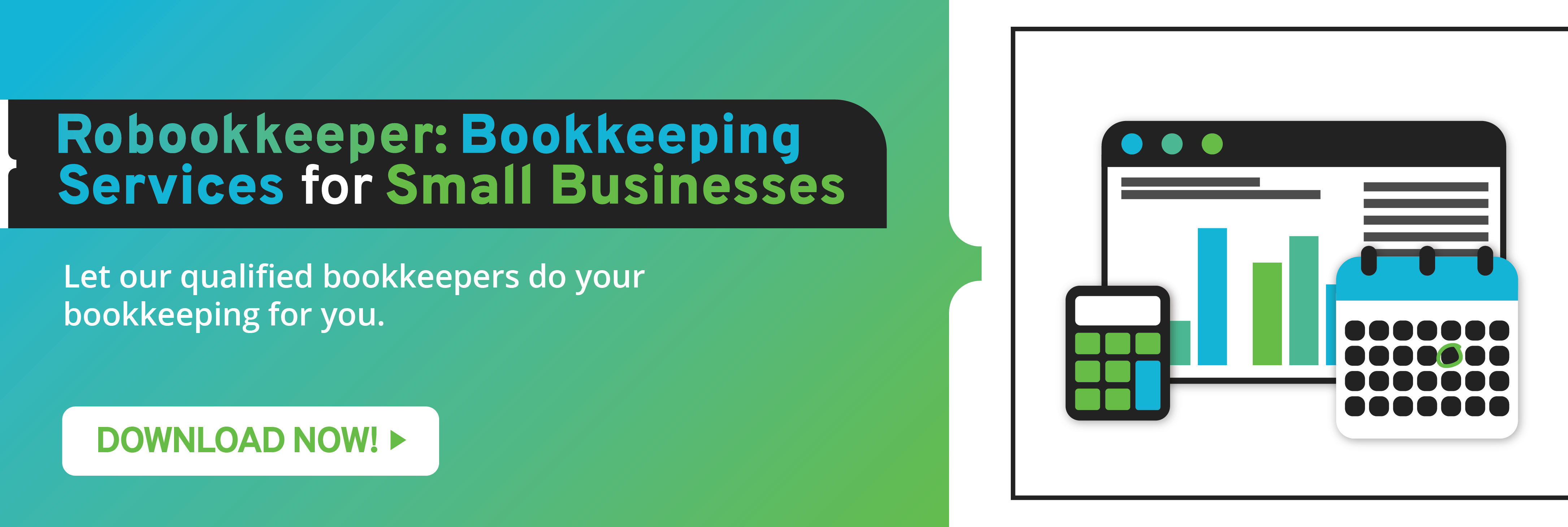Liquidity is an important metric that measures your small business’ financial standing. It shows your company’s ability to pay immediate dues using cash and other assets. Lenders also look into the liquidity of your company to determine if you are able to pay debt on time.
You measure liquidity by calculating cash ratio, acid test ratio and current ratio. Operational and sales activities can either have a positive or negative impact on liquidity. Here’s how to prevent liquidity risk for your small business.
Boost Sales
As the cliché goes, cash is king and the more you have of it on hand the lower your liquidity risk will be. Increase sales to keep your small business liquid. Find ways to get more customers to choose you over your competitors. Take your small business online and use various platforms to reach a wider audience. Provide special promotions and exclusive products for repeat customers.
Settle Debt
Debt can help finance your small business during times of financial problems. However, you should be wary of relying on it too often. The more debt you have the higher your liquidity risk is. Pay immediate dues to avoid incurring penalties and late fees. Doing so also improves your credit score and may get you better terms.
Sell Assets You No Longer Use
Make an inventory of the assets you own. Identify which ones are no longer useful or need an upgrade. Sell these pieces of furniture, equipment and other items. This injects cash into your small business and reduces your liquidity risk.
Improve Business Efficiency
One of the main tips on how to improve liquidity in a small business is to improve efficiency. Identify workflows and aspects of your company that need a boost in efficiency. You might need to replace or upgrade equipment, remove redundant tasks, streamline work, develop new products and others to achieve this objective.
Collect Better
One of the reasons some small businesses have poor cash flow is because they are unable to collect receivables on time. Their gross income might be high but most of it is accounts receivable. Implement and adhere to strict collection terms. Levy penalties on customers who are unable to pay on time.
These are just some tips on how to prevent liquidity risk. Good cash flow enables you to pay dues and plan for the long-term future of your small business. If you need help updating your accounting books, you can reach us via [email protected].

